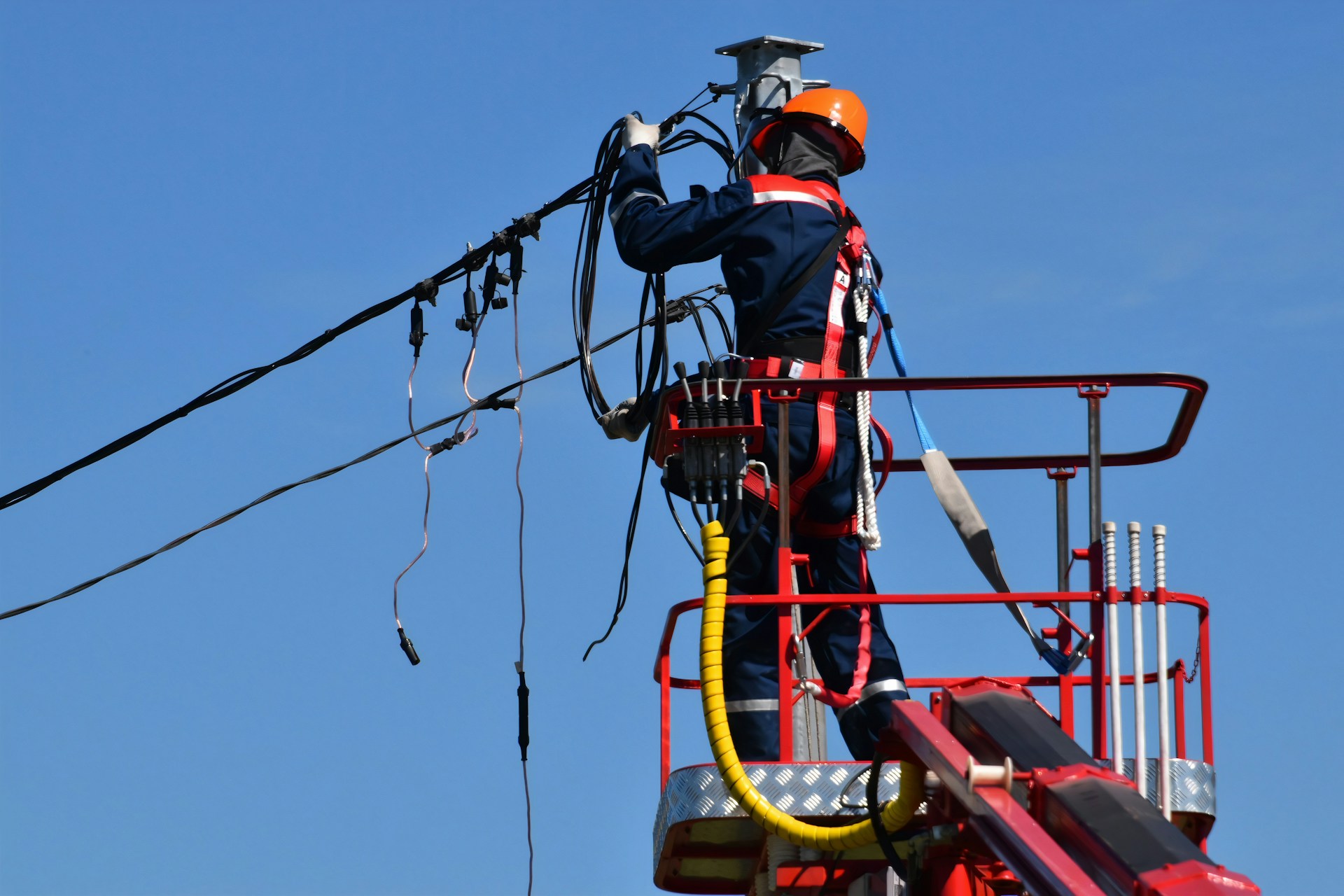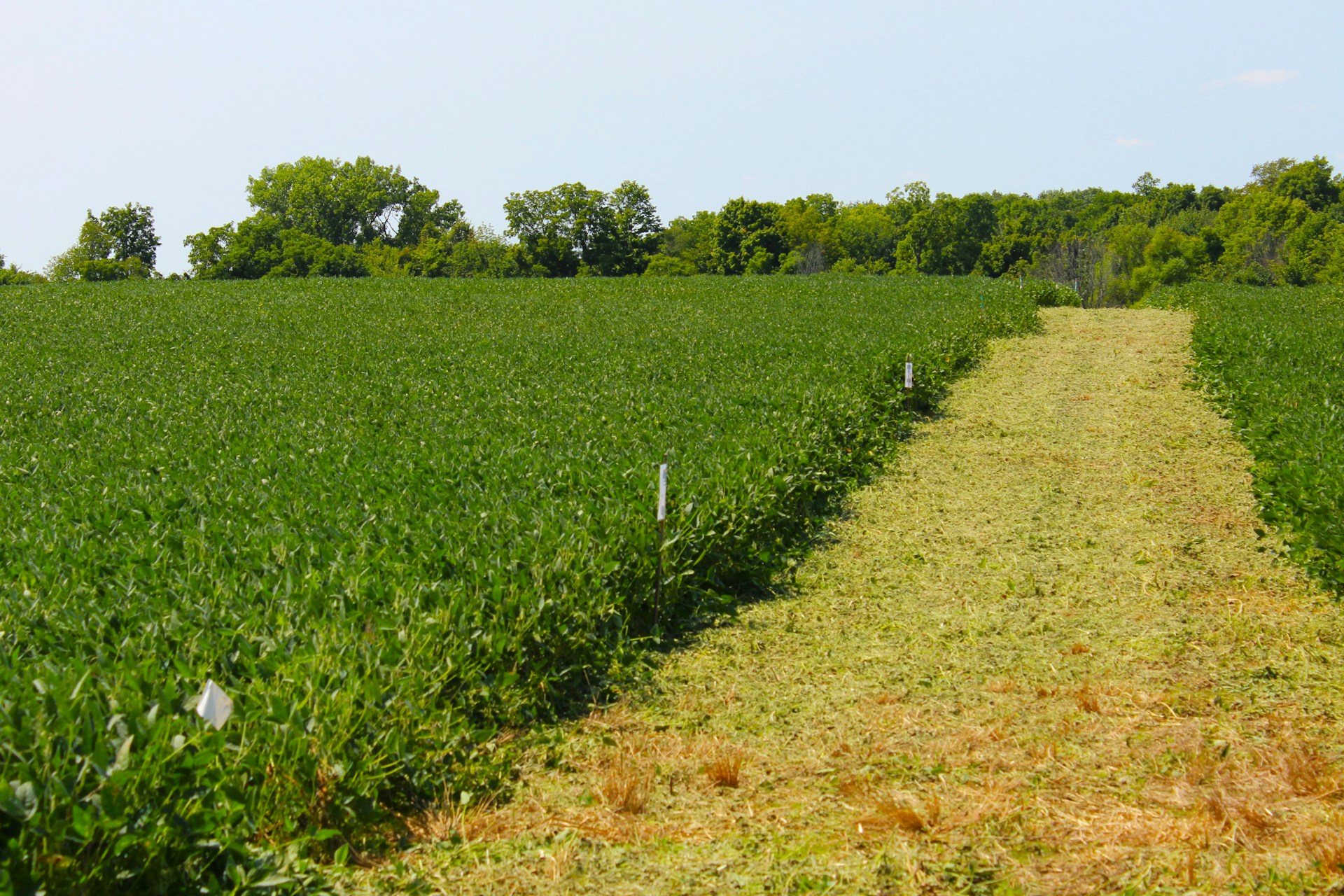
What are Tidal Energy Farms?
November 27, 2023 - Ellie Gabel
Revolutionized is reader-supported. When you buy through links on our site, we may earn an affiliate commission. Learn more here.
While solar and wind energy have made significant strides, the search for consistent, reliable, renewable energy sources continues. Tidal energy farms are emerging as a promising solution, harnessing the rhythmic power of the ocean’s tides to generate electricity.
History of Tidal Energy Farms
Tidal energy, often referred to as tidal power is a form of renewable energy generated by the gravitational forces between the Earth, the Moon and the Sun to generate electricity. The concept of harnessing tides for energy dates back to Roman times when water wheels were used to grind grain in tidal mills.
Later, in the Middle Ages, tidal mills were widespread in Europe, especially in regions with significant fluctuations. The 19th century saw the development of more advanced mills and range prediction methods. Tidal energy research gained momentum in the 20th century and in the late 20th century, tidal stream energy emerged.
In recent years, there has been a surge in research and development. Projects in Canada and Scotland have gained attention for their potential to provide energy sources.
The Essence of Tidal Power Plants
Tidal energy farms, often referred to as tidal power plants or tidal stream systems, are specified facilities designed to capture the kinetic energy generated by the rise and fall of tides in our oceans. These farms are strategically positioned in coastal areas with strong tidal movements as not coastlines are ideal for harnessing this energy.
Its fundamental concept is simple yet elegant: as the tide surges and recedes, the water flow generates kinetic energy. Tidal power plants utilize various mechanisms to convert this energy into electrical power. The resulting electricity can then be fed into the grid, providing a consistent and renewable energy source.
The Mechanism Behind Tidal Energy
Tidal energy farms employ different types of technologies to harness the power of the ocean tides. Tidal power generators are devices or systems designed to capture the energy from the movement of tides and convert it into electricity.
These generators come in various forms and the design choice depends on the tidal site’s specific conditions. Here are the five most common approaches:
1. Tidal Stream Systems
These systems function on the principle of underwater turbines. Submerged in the path of strong tidal currents, these turbines spin as water flows over them.
This rotational motion generates electricity, which is then transferred to the grid. Tidal stream systems are comparable to underwater wind turbines but use the power of water instead of wind.
2. Tidal Range Systems
Tidal range systems or barrages are often used in areas with large tidal variations. It utilizes the difference in the water level between high and low tides.
Typically, these systems employ tidal range barrages or dams. Water is trapped behind the dam during high tide, creating a potential energy difference. When the tide recedes, the stored water is released through turbines, converting the potential energy into electricity.
3. Tidal Kite Systems
Tidal kite generators use a wing or kite-shaped structure tethered to the seabed. As the kite moves with the tidal currents, it generates a pulling force which is used to rotate a generator
4. Oscillating Water Columns
These generators consist of partially submerged columns open at the top. As the tide goes in and out, the water column oscillates, creating air movement that drives a turbine on the surface, generating electricity.
5. Tidal Stream and Tidal Range Combination Systems
Some installations combine both tidal stream and tidal range technologies to capture energy from different phases of the tidal cycle, optimizing energy production.
The Advantages of Tidal Energy Farms
Tidal energy farms offer a range of advantages that make them an enticing prospect for the industrial sector. Here are some advantages:
- Consistency: Unlike solar and wind energy, tidal power is incredibly consistent. Tides follow predictable patterns and occur twice daily, making them a reliable power source.
- High energy density: The high density of tides is significantly higher than wind or solar energy. This means that a relatively small tidal energy farm can generate substantial electricity.
- Environmental impact: This renewable source is considered one of the most environmentally friendly renewable sources. When properly designed, it produces minimal greenhouse gas emissions and has a low impact on marine ecosystems.
- Long lifecycle: Tidal power systems are built to last, with a longer lifecycle compared to many other forms of renewable energy technology.
Challenges in Tidal Energy Farming
Despite the promising benefits of tidal energy, it has several challenges. Here are some challenges:
- High initial costs: Building it can be expensive due to the construction of specialized infrastructure in challenging marine environments.
- Environmental considerations: The placement of it requires careful consideration to minimize impacts on local marine life and ecosystems.
- Tidal variability: Tides are location-specific and not all coastlines have the necessary tidal variations to support tidal power plants. Site selection is critical.
- Maintenance challenges: Keeping underwater turbines and other equipment in good working order in the harsh marine environment presents unique maintenance challenges.
Prominent Tidal Power Plants Worldwide
Several countries have taken the lead in developing and deploying tidal power plants. Notable examples include:
- La Rance Tidal Power Plant (France): The La Rance plant has been operational since 1966, making it the world’s earliest tidal power installation. It boasts a capacity of 240 MW.
- MeyGen Tidal Energy Project (Scotland): MeyGen is a pioneering tidal stream project demonstrating the potential of underwater turbines. It is located in the Penland Firth and represents a key step in advancing tidal power technology.
- Bay of Fundy (Canada): The Bay of Fundy has the most extreme tidal ranges in the world. Several projects are underway to harness its immense energy potential.
The Future of Tidal Energy Farms
Tidal power plants are essential to the renewable energy landscape. With their reliable power generation, minimal environmental impact and long lifecycle, they offer a compelling option for addressing our global energy needs.
Tidal power plants represent a fascinating convergence of technology and nature. They harness the power of the oceans to provide consistent, renewable energy. For those in the industrial sector, understanding the potential and challenges of tidal energy is essential as we strive for a more sustainable and diversified energy future.
Revolutionized is reader-supported. When you buy through links on our site, we may earn an affiliate commission. Learn more here.
Author
Ellie Gabel
Ellie Gabel is a science writer specializing in astronomy and environmental science and is the Associate Editor of Revolutionized. Ellie's love of science stems from reading Richard Dawkins books and her favorite science magazines as a child, where she fell in love with the experiments included in each edition.







